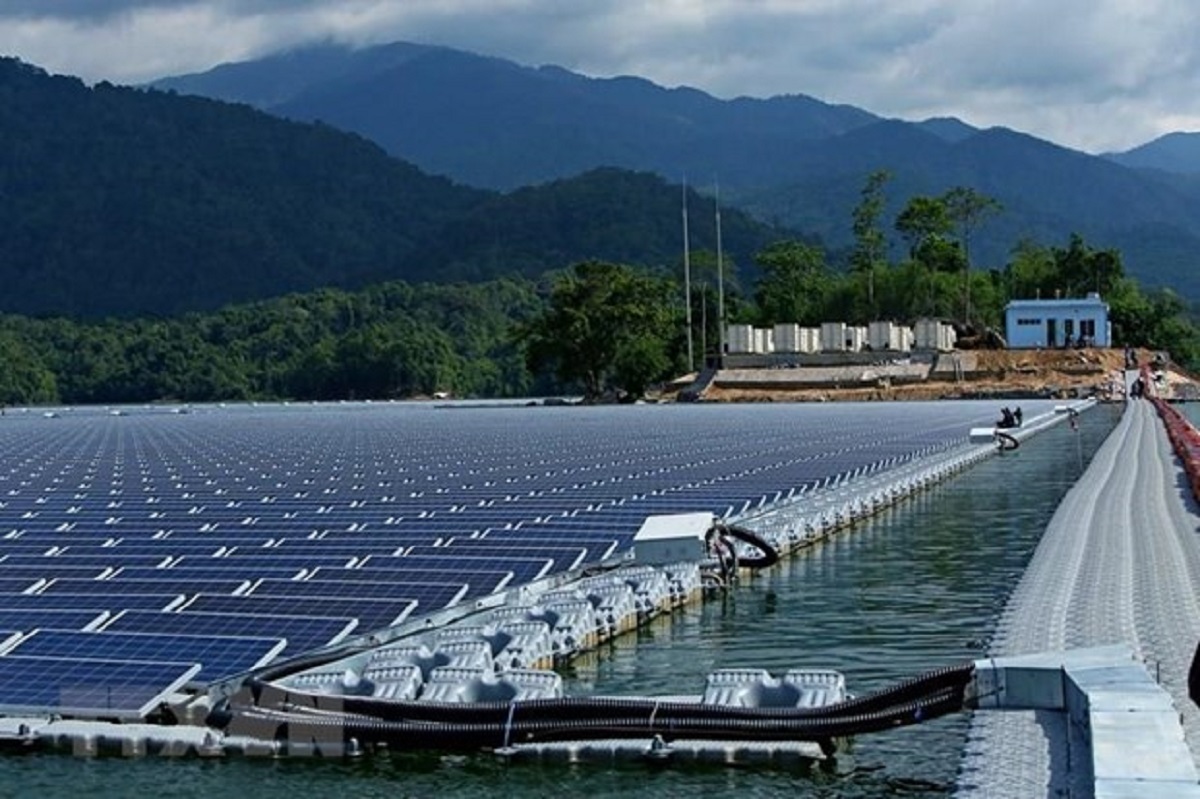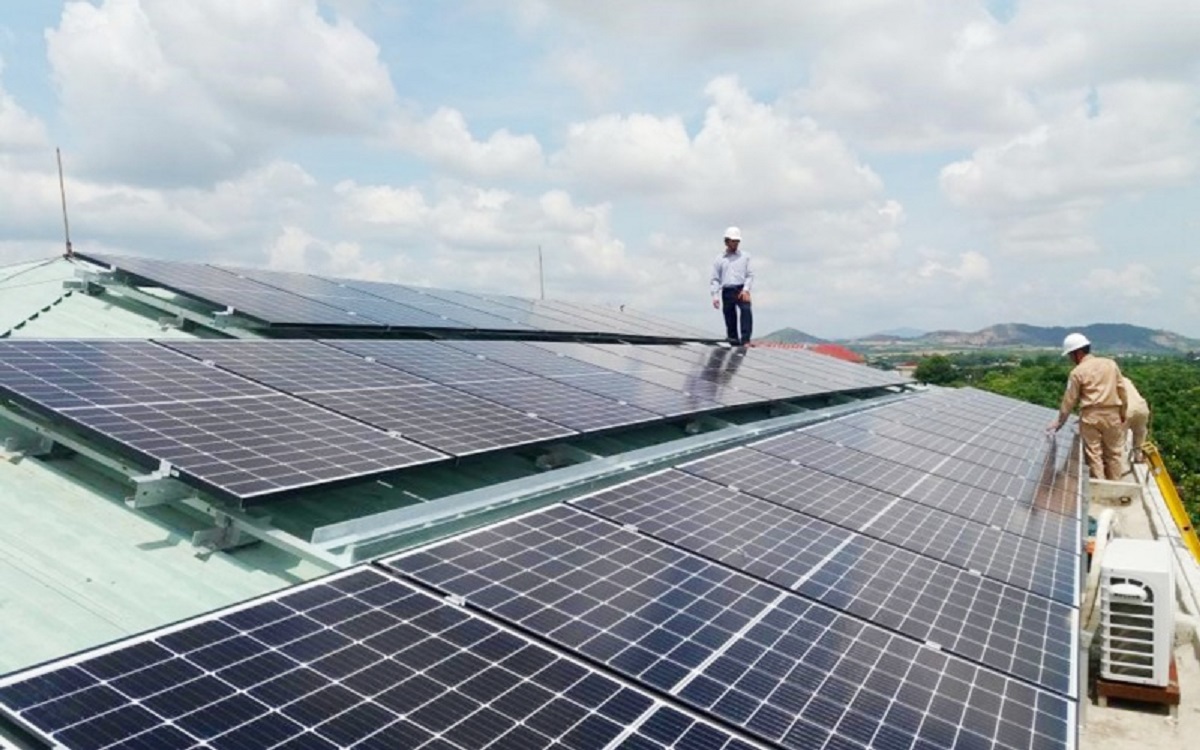Responding to the Government’s policy on planning and developing renewable energy systems (mainly solar and wind power), in recent years, the business community has made great strides.
From a negligible level at the beginning of 2018, solar power capacity (including rooftop solar power) has reached 4,700MW by the end of 2019 and 16,700MW by the end of 2020. Currently, the structure of renewable energy sources varies ( wind and solar) has accounted for nearly 26% of the total installed capacity of the power source. However, solar power and wind power only contribute very little to electricity output (only about 4% of the total output of the entire power system in 2020).
By the end of December 2020, the total capacity of solar power (including rooftop solar power) is 16,500MW (accounting for 24.1% of the total capacity), the total capacity of wind power is 567MW (accounting for about 0. 86% of total capacity).

Renewable power sources have many operating characteristics that distinguish them from conventional power sources such as high uncertainty, weather-dependent operating modes, no contribution to system inertia and primary frequency modulation. Therefore, the sudden increase of this type of power source leads to many problems in power system operation such as full load, local overload, decrease in system inertia, increased number of starts and control requirements. adjust the capacity of thermal power plants.
One of the direct consequences of these problems is the deflation of renewable energy sources. In 2020, the untapped output of solar power will be about 364 million kWh. In 2021, as expected by EVN, the unexploited electricity output of the above-mentioned renewable energy sources will increase, reaching about 1.68 billion kWh (in which, it is expected to reduce 1.25 billion kWh of solar and 430 million kWh of wind power, equivalent to about 7-9% of the available output of these power sources).
In the first 3 months of 2021, national dispatching has reduced the largest grid-connected solar power / rooftop solar capacity to 4,750/3,490MW at noon on New Year’s Day and 2400/1250MW at noon on weekdays.

According to the calculation of the National Load Dispatch Agency (A0), the total electricity output cut in the last 6 months of 2021 could reach 1.7 billion kWh. Particularly in July-September, the renewable energy cuts could be as much as 2,800/6,500 MW during weekday/weekend lows, the expected cut-off renewable energy output in each month is 210 million kWh.
Currently, the total capacity of renewable energy sources has been approved and supplemented to the planning until 2025 is about 25,500 MW (excluding rooftop solar power projects). Including 13,900 MW of farm solar power and 11,500 MW of wind power. Thus, the remaining about 5,000 MW of solar power and 6,144 MW of wind power have been approved for planning but have not been put into operation in 2021.

With the above situation, renewable energy investment enterprises are facing a lot of worries and need the State’s attention to remove them to both exploit their full potential and avoid unpredictable consequences that may develop. generated from investment decisions in this potential area.
(Reference source: Vietnamnet)



